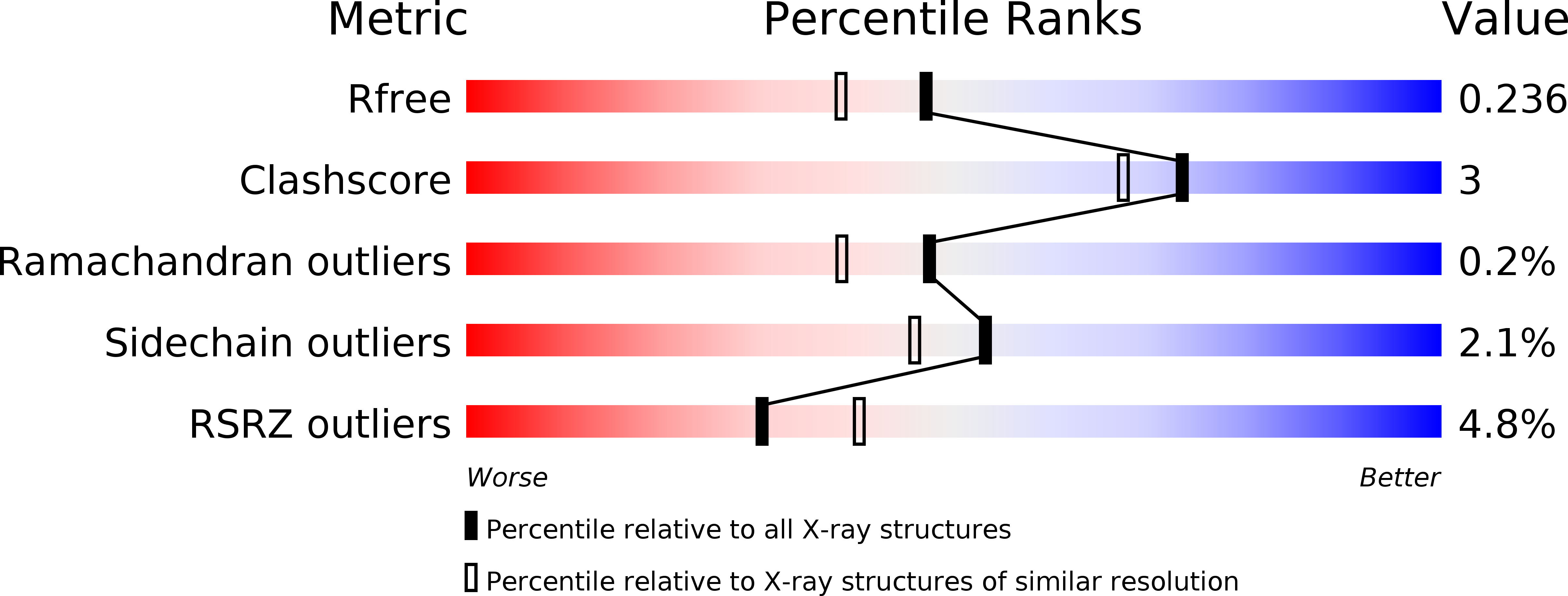
Deposition Date
2010-11-22
Release Date
2011-03-02
Last Version Date
2023-12-20
Entry Detail
Biological Source:
Source Organism:
ESCHERICHIA COLI (Taxon ID: 562)
BOVINE LEUKEMIA VIRUS (Taxon ID: 11901)
BOVINE LEUKEMIA VIRUS (Taxon ID: 11901)
Host Organism:
Method Details:
Experimental Method:
Resolution:
1.95 Å
R-Value Free:
0.23
R-Value Work:
0.19
R-Value Observed:
0.19
Space Group:
H 3


